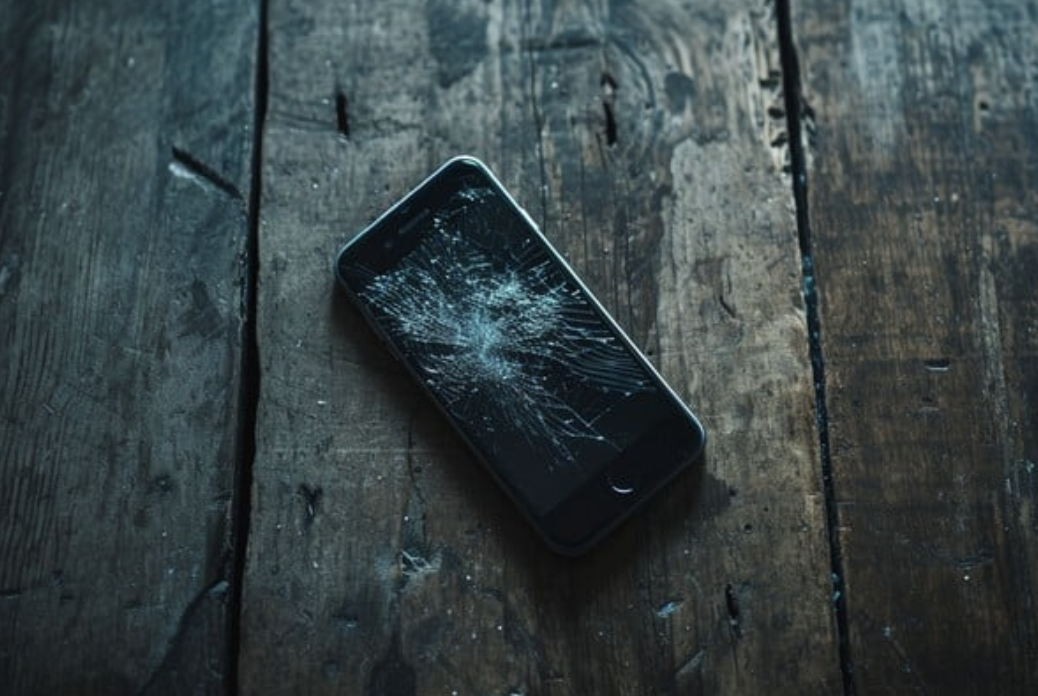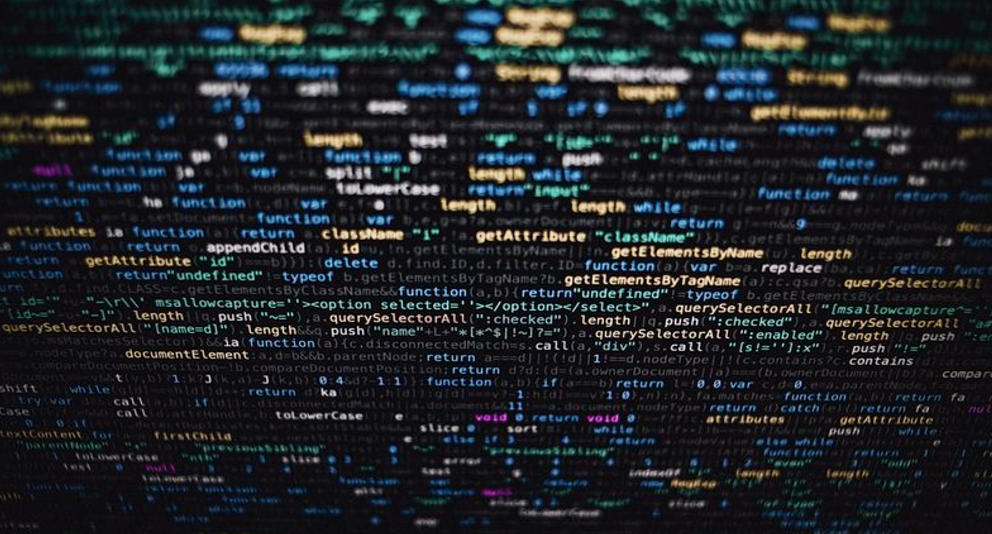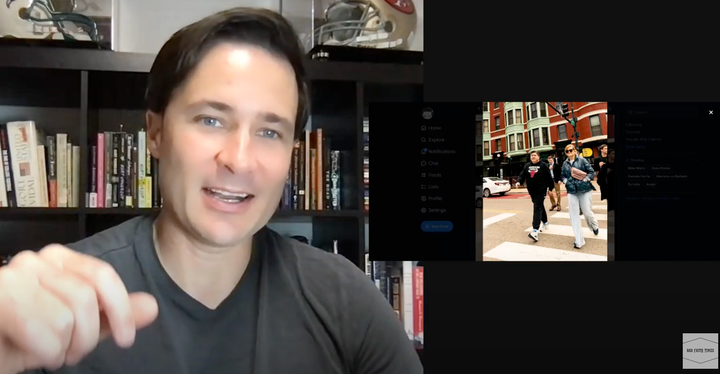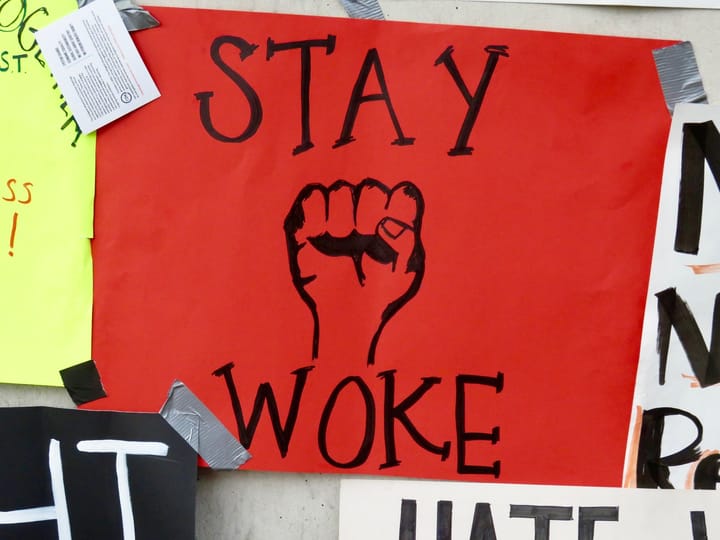Blog Posts From The Glorious Future: The End Of Social Media
If representative democracy was going to be re-established in the US, social media had to go

This is another in a series of blog posts Bad Faith Times has received from the future. They will be published on BFT semi-frequently in the coming weeks.
Mary Boland never used the word anomie with the young men for whom she cared, but that’s exactly what she was treating in the Fresh Start Centers.
Boland joined her sister and niece to work at one of the country’s first Fresh Start Centers in the first year of the Great Redo, partly because she had been among the twenty percent of Americans out of a job and partly because she had watched her own son, Alex, “slide down a rabbit hole to hell,” as she puts it today, twenty-four years after Alex died in the Third Insurrection.
Federal funding for the Fresh Start Centers arrived less than two weeks after the nationwide riots that followed social media regulations quickly passed by Congress and signed by the president in what they called a “defense of the nation’s existence.” Boland, now in her late sixties and retired from the Centers, recalled Alex – a quiet kid who, like many young people at the time, struggled with what was termed social media addiction – opening his phone one day and finding he could not access most of the social media apps he had spent his young life scrolling.
The apps Alex could access that day, after the regulations had been put into place overnight, had been curated to exclude the so-called influencers who had inspired the Second Insurrection, which resulted in 33 deaths, including two members of Congress and seven congressional staffers. Scanning every social media platform and finding that his favorite voices had been removed, Alex became irate and punched a hole in the wall. Mary had never seen Alex punch anything in his twenty-one years. He was incoherent with rage.
“Alex gets all worked up and starts running around the house screaming about censorship,” Boland recalls today, her eyes cast toward the floor. She hasn’t shared this story publicly, but felt compelled to talk to a reporter as anti-Redo lawmakers have quickly advanced internet deregulation laws in Congress. “He has a panic attack right there in the kitchen. Never seen anything quite like it. I helped him relax there on the kitchen floor for a while, and he calmly gets back to his feet and tells me, ‘I have to do something about this.’”
Alex Boland grabbed his phone and left his home. Mary would never see him again.
Alex was among the 287 rioters who died during the Third Insurrection, the most serious of the nation’s three 21st century anti-government uprisings. Thousands of Americans – mostly young men egged on by fascist online influencers – stormed the gates of the White House within 48 hours of the first social media regulations. Soldiers guarding the White House along with the D.C. National Guard were forced to open fire as the first rioters reached the building, armed with everything from assault rifles to axes and swords.
“They had taken away our reason for living,” one of the surviving insurrectionists told me from a Virginia prison cell. His name was James, and he was a grizzled, gaunt version of the lanky young man who had stormed the White House that day with a butcher knife he had taken from his father’s barbecue restaurant. “They took our apps, our freedom, our rights. We had nothing to lose.”

Does James regret what he did? “Yes, of course,” he tells me, stroking his white beard. “But you have to understand I was not a person back then. None of us were. We had had that taken away by the platforms. You’ll never have any idea of what it was like to be trapped by that technology. It was evil, real evil shit. Demonic shit if you think about it. You can’t understand. They turned us into something else, into animals, I suppose.”
Though she doesn’t remember much from the days following the Third Insurrection – “I was in something of a fugue state” – Mary recounts Alex’s coroner’s report with a quaking voice. She looks into the middle distance and rubs her forearm. “He was shot six times, twice in the torso, twice in the neck, twice in the left leg. Parademics found him holding his phone. They had to break two of his fingers to extract the phone from his hand.”
'Whatever is social in us was deprived of objective foundation'
It was in the Fresh Start Centers, pristine and spacious and bright and staffed with qualified health workers, that young Americans learned to live without social media. Pro-Redo lawmakers pitched the centers as detox for sick children and young adults. It was an epidemic and it needed to be treated with urgency, the pro-Redo forces argued. With at least one center in every state and generous tax rebates offered to families who enrolled their addicted child into the centers, the facilities filled up within weeks. Mary and her sister, Madeline, said staffers were often overwhelmed in those early days. Madeline quit after just eleven months because the administration refused to mandate treatment for those with severe social media addiction.
“It was a national emergency, and we didn’t really treat it like one,” Madeline tells me. “We wouldn’t have the backsliding we’re seeing today if we had a mandate back then. We needed to fix the problem for good.”
Instead, Madeline says, the government allowed addiction to fester among those who saw the centers as a violation of their liberty. The government did not adequately punish those who tried to blow up the centers in the early days of the Redo. Some of those people are now leading the charge to unwind the Redo regulations around social media platforms in the name of free speech.
There was a rootlessness that had taken hold of young people in the final years before the Redo got underway, Mary told me. That rootlessness and the total confusion that sprang from it had led to three attempts to overthrow the U.S. government. Enough was enough, as the president said in her introduction of the Great Redo. The disease of social media could no longer be denied. For too long, Mary said, social media access and the speech on these platforms had been widely viewed as a basic constitutional right: The commodification of constitutional rights, as the president put it. That idea – that social platforms were the upholders of the right to free speech, that posting was an unalienable right – was roundly rejected by a newly reformed Supreme Court at the very start of the Redo.
Unfettered internet and social media access had created a society with no binding social order, no understanding of societal roles or responsibilities, and a total lack of normalness – or anomie, as French sociologist Emile Durkheim called it in the 19th century – that left young people confused and rudderless.
“Anomie was the perfect word for what we were seeing back then. Whatever is social in us was deprived of all objective foundation,” Mary says, reciting Durkheim’s 1897 writing on anomie, which served as the basis for the Fresh Start Center’s mission, and which Fresh Start workers had to study before becoming licensed normalizers. “All that remains is an artificial combination of illusory images, a phantasmagoria vanishing at the least reflection: That is, nothing that can be a goal for our action.”
These were the first humans in history to grow up without roots in the real world. They rotted away in the ephemeral micro-dramas of online life, in their phones and their tablets and their virtual reality headsets that were criminalized under regulations created in the Redo. Mary said those who weren’t around in those early days, or those who are too young to recall, can’t grasp how the rewiring of children’s brains had eroded societal fabric in the United States and across the world.
“These platforms intentionally cut off humans from other humans and exploited their worst fears and insecurities for clicks and engagement,” Mary says, her voice tinged with fury. “Young people had no roots to anchor them, they had nothing to nourish them as human beings because they had fallen victim to social media companies that maximized profit by addicting people to their stream of shit that just wrecked young minds in those days.”
“The consciousness of these kids, kids like Alex, had been fragmented,” Mary says. “They had been broken into a million pieces, with no idea how to handle all the senselessness of modern life. Nothing made sense to these poor children.”
Mary recalled university research Fresh Start Center employees had studied showing that nearly eight in ten young Americans agreed with the statement, “Life feels meaningless” by the time of the Third Insurrection. Only fifteen years before, two in ten had agreed with the statement. “No society can survive that,” Mary says. “Killing social media was a matter of survival for the human race.”
Anomie, she said, was the reason suicide rates among young Americans had inched up year after year, into the Second Insurrection and then the third.
Mary's work at the Fresh Start Centers over fourteen years was difficult but ultimately fulfilling. Mary’s niece, Lucia, had quit the Centers because she couldn’t bear to see the mental health horrors of the young men receiving treatment for their addiction. Many in the first batches of patients reacted to the removal of devices the way one might react to the loss of a limb. “The screams were too much for her,” Mary says. “The screams were too much for a lot of folks who wanted to help the young people. It's hard to see a human being going through something so painful.”
There were hundreds of success stories Mary could have detailed in our talk. She chose one: An 18-year-old boy named Shannon arrived at a Fresh Start Center about a year after its grand opening. Shannon’s mother appeared beaten down, exhausted by her son’s refusal to do anything else besides engage in what was once called doom scrolling. She said she dropped off her son at the center because she didn’t know what to do about his addiction and she could use the hefty tax rebate while applying for the federal government’s expansive green jobs program. “These parents,” Mary said, “you have no idea what they went through. None. No parents in human history had ever had to deal with something like this: Machines programmed by evil men taking over their children, their babies. Destroying them every day.”
Shannon’s intake form, Mary recalls, said he had not left his room since he was 16. In Japan, these young folks had been known as hikikomori, or “invisble youth.” There was no name for this phenomenon in the United States because the tragedy of social emdia addiction had been ignored for generations by the time of the Third Insurrection. The invisible youth of America had been an invisible problem. And they were controlled by fascist influencers who profited from radicalization.
“We had a lost generation,” Mary says. “These kids had lost touch with reality. They had no human contact. They barely ate, they barely slept. They subsisted in ways you can’t imagine because they existed only to peruse the internet.”
Shannon reminded Mary of her son, Alex, in the months before he joined other social media addicts who staged the Third Insurrection. Alex’s eyes, big and green, were once full of life, warm and loving, Mary said. “He had wonderful eyes.”
By the end of his life, Alex’s eyes were dull and lifeless, drained of the warmth he had once had. “It’s hard for me to say this, but his eyes, by the end, they were dead,” Mary said. “There was nothing there. He had been broken.”
Shannon’s eyes, when he arrived at the Fresh Start Center, were vacant, as if no one were there. He didn’t talk much. His face showed hardly any expression. He poked at his food and either slept all day or not at all. Shannon didn’t lash out like many of the Fresh Start patients, and didn’t try to take his own life like so many did in the early days of the centers. Shannon’s eyes were lifeless for weeks. When Mary looked at Shannon, she saw Alex.
One day about a month into his time at the center, Mary said, Shannon started talking to a fellow patient, a boisterous boy named Gerard. Gerard simply wouldn’t allow Shannon to stay quiet. He poked and prodded and joked and gently mocked Shannon until one morning, when Mary met with Shannon for their daily chat, Shannon’s eyes were alive. Something fundamental had shifted; a human relationship had woken Shannon from a slumber of tech-induced depression. Mary asked Shannon if he had any friends at home. He told her he had never had a friend, and couldn’t remember the last time he spoke with someone outside his home.
“It’s why I believe even today, after all these years and after we solved the problem, that young people were anxious and depressed because of the technology,” Mary said. “They didn’t flock to the technology because they were depressed or anxious. It was always the other way around.”
Shannon left the Fresh Start Center after seven months with half a dozen close friends. That was the overarching goal in the Centers: To undo the rewiring of the young person's brain and create human connections that would replace social media and its hollow imitation of connection.
Untold millions of these Lost Generation members became radicalized by political bad actors who dominated social media platforms in those days. For almost a half century, this dynamic created outbursts of authoritarianism supported by political influencers systematically fed into the heads of teenagers and young adults using social media ten or twelve hours a day, every day.
“We had created a fascism machine and no one wanted to acknowledge it,” Madeline told me. She sighed and offered a faint smirk. “Thankfully we killed the machine.”
'We were ruled by algorithms'
Opponents of the Redo, many of whom denied the insurrections even happened thanks to social media platforms’ brainwashing capacity, derided the Fresh Start Centers as concentration camps for teens and young adults who liked their phones a little bit too much. For decades they have dismissed the centers as unnecessary and a waste of taxpayer money. Some called them death camps after rumors circulated that patients who had refused treatment were executed.
“None of that was true,” Mary says. She smirks and looks off into that middle distance. I wonder what’s there. She says those rumors would have likely shut down the centers in the social media age, when truth was nonexistent and everyone operated under their own curated reality, as dictated by the social media algorithms banned during the Redo.
“We were ruled by algorithms for years and years,” Madeline said. “You probably don’t remember that. Hell, no one born in the past forty years remembers that. But it’s true, we were. These awful fucking algorithms had power over people the way a drug might. Maybe worse. I’m afraid people will forget that these terrible platforms used their algorithms to hijack brains, especially young kids who were especially susceptible to that kind of shit.”

There are thirteen Fresh Start Centers operating in the United States today, with plans to close all but five within the next two years. There isn’t much demand for the centers anymore, a quarter century after the Third Insurrection. Highly-regulated social platforms have led to massive declines in addiction issues in every demographic. For advocates of the Redo, representative democracy could not have been re-implemented in the United States without radical action on social media platforms. Politics is boring again, like it was in the time before social media. That, according to pro-Redo lawmakers and activists, was the plan all along – a natural result of widespread de-radicalization.
“Think of it like an infection,” Madeline said. “You have to dig it out and nurse the patient back to health. As a doctor or nurse, you would never re-infect the patient. That’s what we’re seeing today.”
Social media moguls who fled the country after the Redo regulations are increasingly noisy about bringing their platforms back to the US and Europe, where lawmakers took similar steps to de-radicalized the population during America's Redo. At least two of these billionaires have reportedly been in contact with congressional lawmakers who plan to undo parts of the Great Redo if they sweep to power in the fall. It’s unclear if the reformed Supreme Court can serve as a backstop for these deregulation efforts, or if anti-Redo lawmakers would even recognize rulings from the pro-democracy Court.
“It’s why we should have put them all in prison a long, long time ago,” Madeline says. I can hear the anger in her tired voice. “Those tech barons, they’re the ones who ruined our children. And they did it with a smile. They enjoyed it. They should have spent the rest of their miserable lives behind bars for that. We should never forgive. And certainly never forget.”
Follow Denny Carter on BlueSky at @dennycarter.bsky.social.





Comments ()